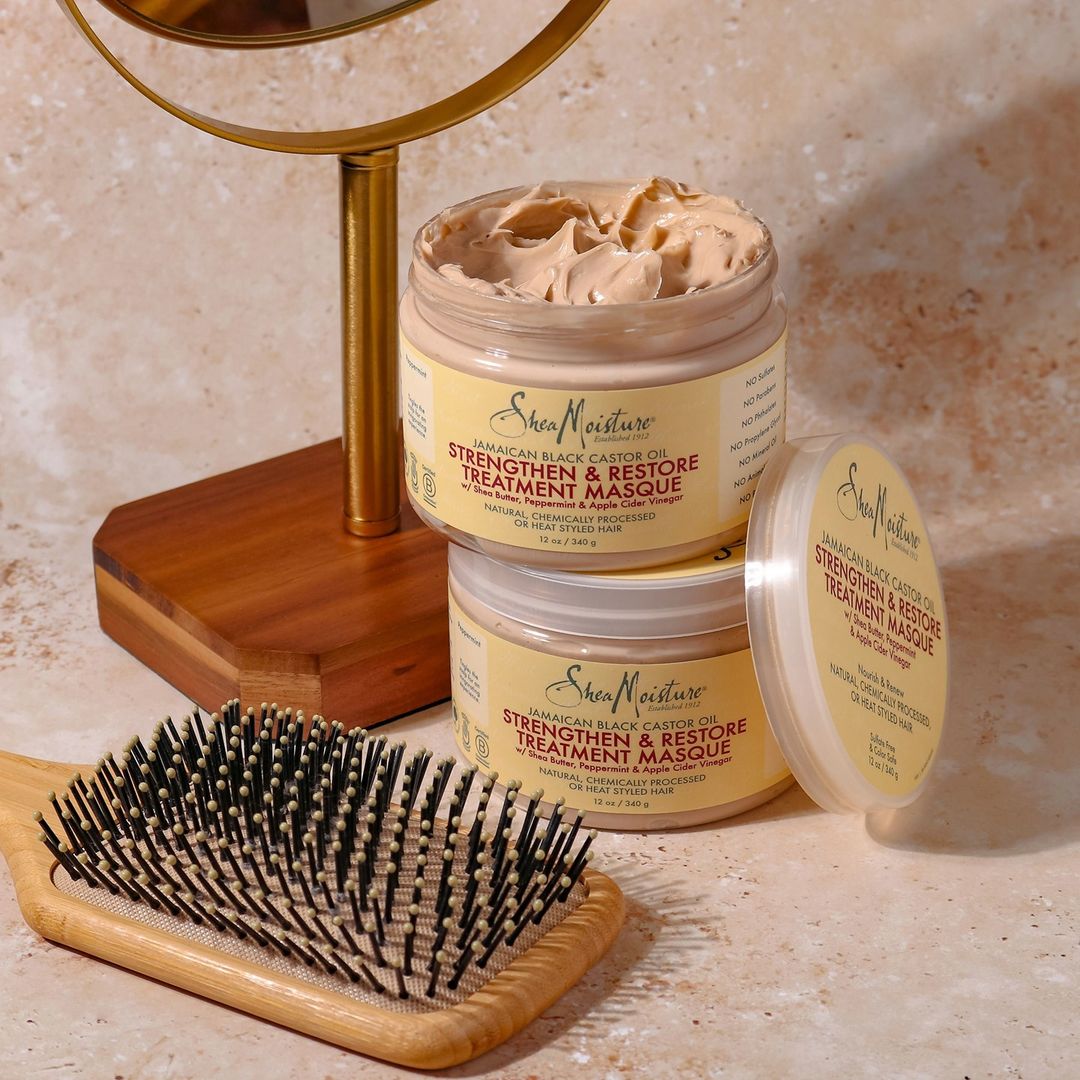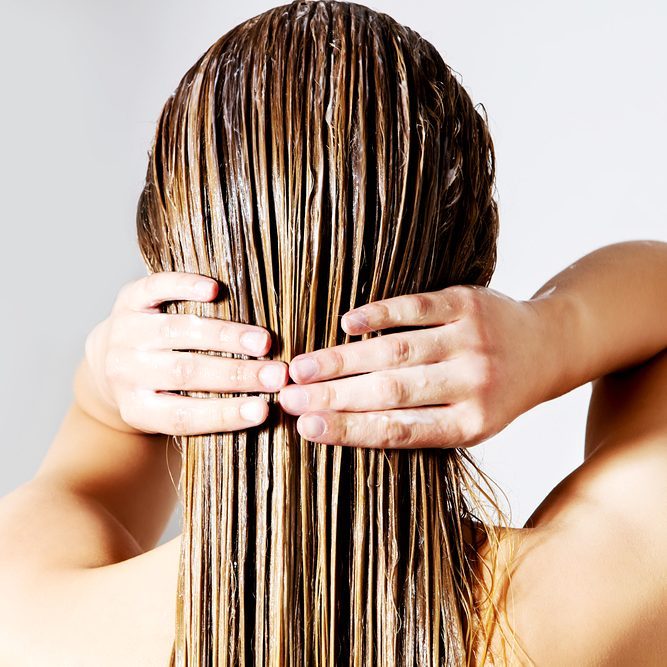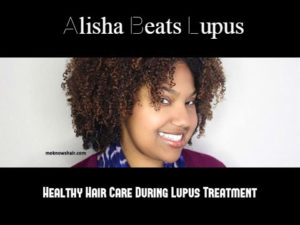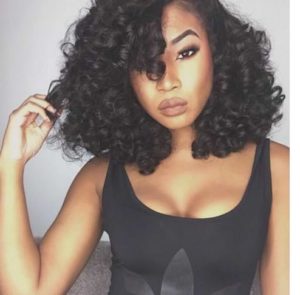Here’s Everything You Need To Know About Wearing Weave As A Protective Style

When you think of a protective style, you think of braids, buns, twists, ponytails, and even wigs*–but you rarely think of weaves* as a first option.
It’s unfortunate that weaves are often overlooked because having them in for 1 to 2 months can bring you a ton of healthy hair growth. However, like every other protective style, there’s an important list of dos and donts you have to follow.
If you’re thinking about installing a weave as your next protective style, here are a few things to keep in mind.
Proper Hair Prep Before Weaving
Before you install a weave*, you need to make sure your hair is in the best state it could possibly be in. This means you need to take care of any damage or general hair concerns that you may have before your install.
First, clip your ends! A nice trim beforehand will keep your hair healthy, prevent it from splitting further, and promote hair growth. After that, do a quick protein treatment and deep conditioning*. This will strengthen and moisturize your hair to prevent any damage or unnecessary shedding after you take down your weave. Finally, go through with your preferred wash day routine.
You should probably start prepping your hair a whole week before you planned to get your weave installed. This will give your hair time to rest and breathe between manipulation.
What Weave* Installation Is Best For Your Hair
Simply put, the only weave installation that will protect your hair 100% is a full sew in. Partial sew ins where you have leave out that you have to manipulate is ultimately damaging to your hair.
Quick weaves* and any installation using glue is also not ideal because weave/bonding glue will rip and dry your hair out if not done properly. Not to mention that most formulas damage hair strands and follicles and can even be hazardous to your health.
A full sew in–with wefts and a closure*–where your hair is completely braided and tucked away underneath is your best bet. You can even grab a wig and sew it down around the perimeter if that’s what works best for you.
The Foundation and Braid Pattern
How you braid and sew in your hair is important because it determines two things: how long your installation will stay fresh, and the health of your hair while it is weaved.
Your whole foundation will fall apart if your braids are too loose, but a whole host of problems will come if your braids are too tight. Traction alopecia, breakage, split ends, scalp swelling, and headaches are all caused by braids being too tight.
Likewise, loose and tight sewing will have the same effects. You’ll know that your hair is tight enough when you feel that it is sturdy and snug, but not causing intense itching, burning, headaches, or a pulling sensation on your hair.

Washing, Moisturizing, and Sealing
Contrary to popular belief and practice, you still must wash, moisturize, and seal your hair underneath. Build up from hair products, dirt, and sweat will begin to collect between your braids, wefts, and net (if you wear one).
Grab a bottle with a pointed applicator tip, fill it with water and a few squirts of your favorite shampoo, and then apply and lather it between your braids, wefts, and on your scalp. To make this process easier, section off your hair into four parts first.
After it is lathered, pat it clean with a wet or damp towel, or simply rinse. Make sure to blow dry your hair and scalp thoroughly after washing. Use the applicator bottle* method to apply oils* to your scalp and roots as well.
Post-Installation Hair Care
When taking your weave out, make sure to cut on the thread and not your braids. Sometimes matting, build up, and/or new growth can blur the lines between hair and thread, so using a mirror in a well lit room (like your bathroom) will help tremendously.
Dip your fingers in oil that is not too thick, but has a lot of slip. This will help you get through any knots or tangles you run into while unraveling your braids. Wash, seal, and moisturize your hair as usual.
Depending on how long you had your weave* in, you may need to do a deep condition and hot oil treatment to get your hair properly moisturized and ready for your regular styling.
A wash and go will be your best friend for the next week since you need to let your hair breathe before jumping into another style–especially a long term protective style.
Before You Get Another Weave*
Before you get another weave, write down the changes in your hair health. If you experienced growth, minimal shedding, and was able to keep your hair moisturized, your installation was a success! However, thinning, dryness, and breakage are signs that something went wrong.
Make a mental list of all the pros and cons so you know what to do better next time. This will ultimately determine if weaves* are right for you as a protective style.




